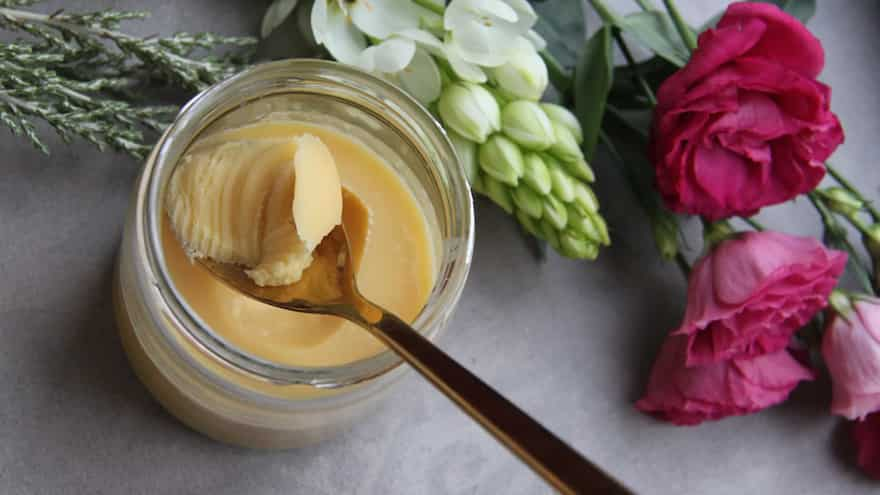Dalda is one of the most iconic names that has, at some point, been a part of our kitchen shelves. Growing up, there was a clear demarcation between items made with dalda and items made with ghee. When things would require to be made in bulk, dalda would be the go-to. My father would warn me against eating fried food outside the house saying that would have too much dalda in it. But as time has gone by, we hardly see those green and yellow tins with dalda kept in our kitchens or other stores. So, what was this entire journey about, that had highs and lows? Let us look at it in brief.
Dalda is called that and nor Dada because of the lever brothers who launched it in India in the 1930s. Dada was actually the real name of the product, which was a type of vegetable shortening made up of hydrogenated or highly saturated vegetable oil. The Lever brothers, that eventually became Hindustan Unilever, saw an opening in the Indian market for a close substitute and joined hands with a Dutch company to launch their product, Dada. But they wanted to add a personalized touch to it, so they added the L from Lever right in the middle of the name and the iconic dalda came into existence.
Dalda enjoyed monopoly for a very long period, where it was the number one preference by the middle-class Indian households, who could not afford ghee in a large amount. Ghee has always been seen in India as something that is pure and pious. It is used as an offering to the deities. Along with that, it is pretty expensive too for an average Indian family to afford it. Keeping all of this in mind, while vanaspati ghee, which in Hindi means ghee made of vegetables replaced ghee as a cooking condiment, it did not really take its special place in the prasad or festivities.
 Dalda was marketed as a ghee replacement
Dalda was marketed as a ghee replacement
In fact, Dalda was called to be banned in the country when some people accused of it being nothing but an imitation, a false promise. They said that it should be banned because it tries to portray itself as a like to like replacement of ghee, while it is totally not. The then Prime Minister, Jawaharlal Nehru, called for a nationwide poll, which was inconclusive. A committee was set up by the government to suggest ways to prevent adulteration of ghee, but eventually it was forgotten and nothing conclusive came of it.
Another controversy came in the 90s, when some people accused Dalda of having animal fats. This proved to be a big blow to the reputation as Dalda was it was a ghee replacement. This was also the time when Indian markets were opened and Dalda was losing its monopoly. There were many vegetable oils in the market which slowly took over its popularity. Eventually, it lost the grip it had over the market.
Nowadays, you would hardly see a Dalda tin in anyone’s kitchen shelf. The aggressive marketing of Dalda as the correct choice for Indians and as the perfect replacement of ghee could not stand the test of time. This was the tale of Dalda, our most popular vanaspati ghee filled with highs and lows.


